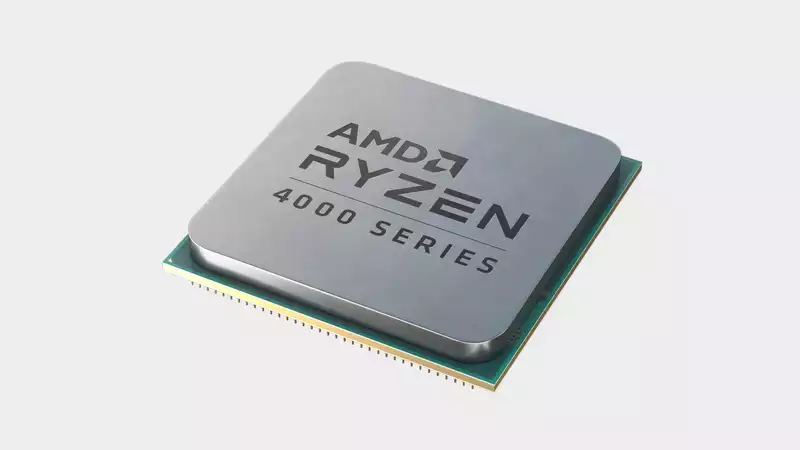AMD has announced the release of the Ryzen 4000 G-series APUs. However, before you run to your local retailer, you and I will not be able to purchase one, at least initially.
In fact, since these are for OEMs, even regular system builders won't be able to get their hands on them for some time. That means big international box manufacturers like Dell, HP, and Lenovo.
But while you won't be able to get these chips yourself for a while, this is a really important release for AMD and shows how far AMD has come in the last few years. This is because OEMs are shifting so many boxes, which, according to AMD, represents four to five times the amount of systems that the "enthusiast" market accounts for. And the fact that AMD's chips are being installed in more mainstream systems means that AMD will be taken a bit more seriously by the broader PC industry.
This is good for everyone.
While AMD's chips have been getting into OEM systems for a while, it is definitely one of the markets that Intel has dominated for a very long time, and AMD can afford to continue to take the fight to Intel and keep moving their CPUs forward.
There are two types of chips currently being released, consumer and commercial. The commercial chips also include business-oriented features such as Memory Guard and AMD Secure Processor (which may be exciting if this is your cup of tea), which are intended to compete with Intel's vPro products.
If you've been keeping a close eye on AMD's laptop processors, these may all seem a bit familiar, but that's because they are essentially the same chip, just binned to accommodate the higher TDPs that desktops support. This means that not only is the clock speed of the CPU itself increased, but also the clock speed of the graphics subsystem.
These are all single-die solutions, manufactured in the same 7nm process as for mobile, with some of the same limitations. We are talking here about the fact that despite being Zen 2 chips, they only support PCIe 3.0 and offer only 8x PCIe lanes for graphics upgrades. The integrated graphics are also based on the Vega architecture, so even if we were to wait for RDNA to appear in the APU, we would still be waiting for now.
Nevertheless, AMD now has a decent understanding of what Vega can do, and while these chips have fewer CUs than the previous 3000 APUs, they run faster; according to AMD, performance per graphics CU is about 60% better than before. This is not bad.
For consumers, there are nine new 4000 G-series APUs that OEMs can look out for. The top-of-the-line model is the Ryzen 7 4700G, an 8-core, 16-thread, 8-GPU core chip. The chip has a base clock of 3.6 GHz and a boost clock of 4.4 GHz.
At the bottom of the stack, you will notice that there are also Athlon APUs. These are based on the Zen+ architecture, and while not as sexy as the rest of the lineup, they offer great value for those on a very low budget.
What's interesting here is that these chips can play games without a dedicated graphics card. Certainly not the latest triple-A titles with everything maxed out at 4K, but even games that are not state-of-the-art will be able to run at the right settings and frame rates. Here AMD states that they will deliver playable frame rates at low 1080p settings and up to three times the performance of Intel's products.
Systems with these chips will use B550 motherboards and possibly discrete graphics. Expect a number of new systems to be announced shortly.
.

Comments